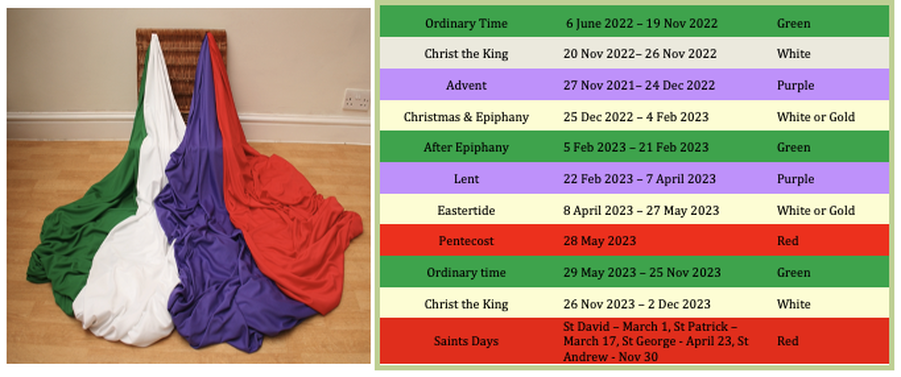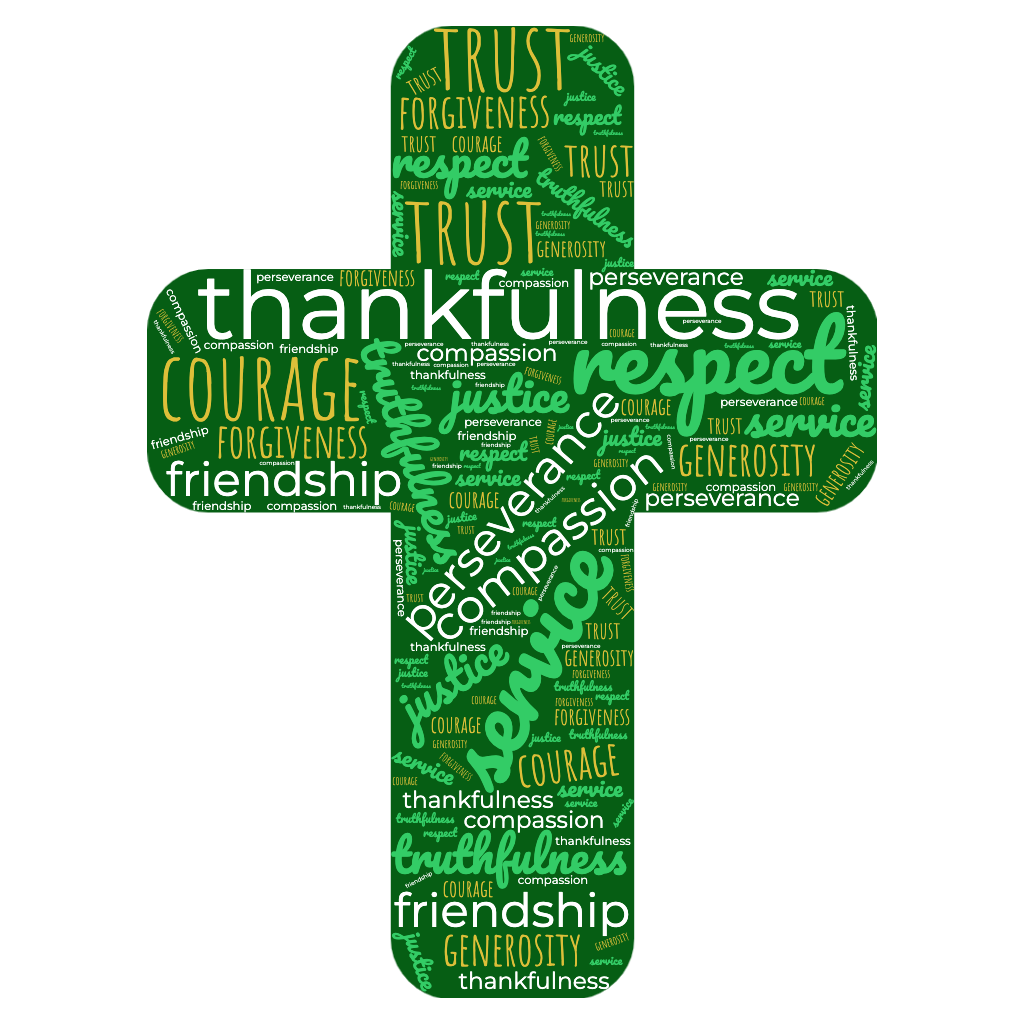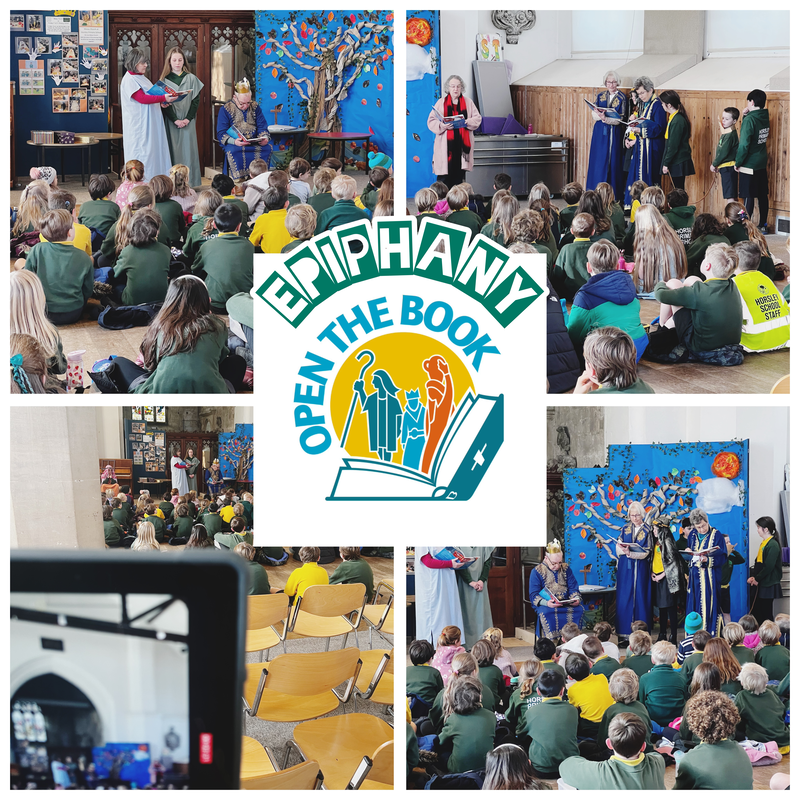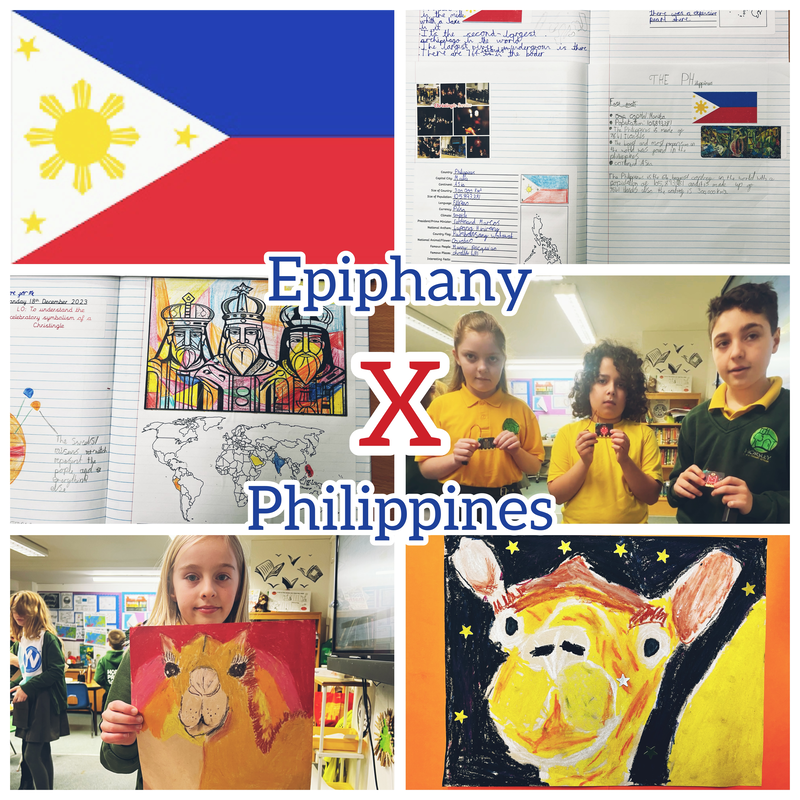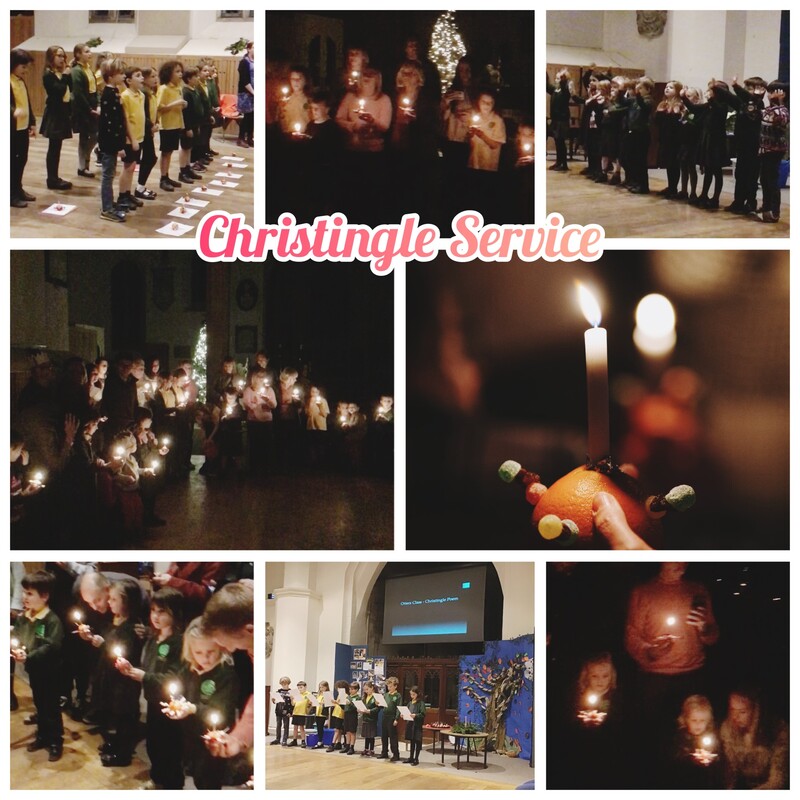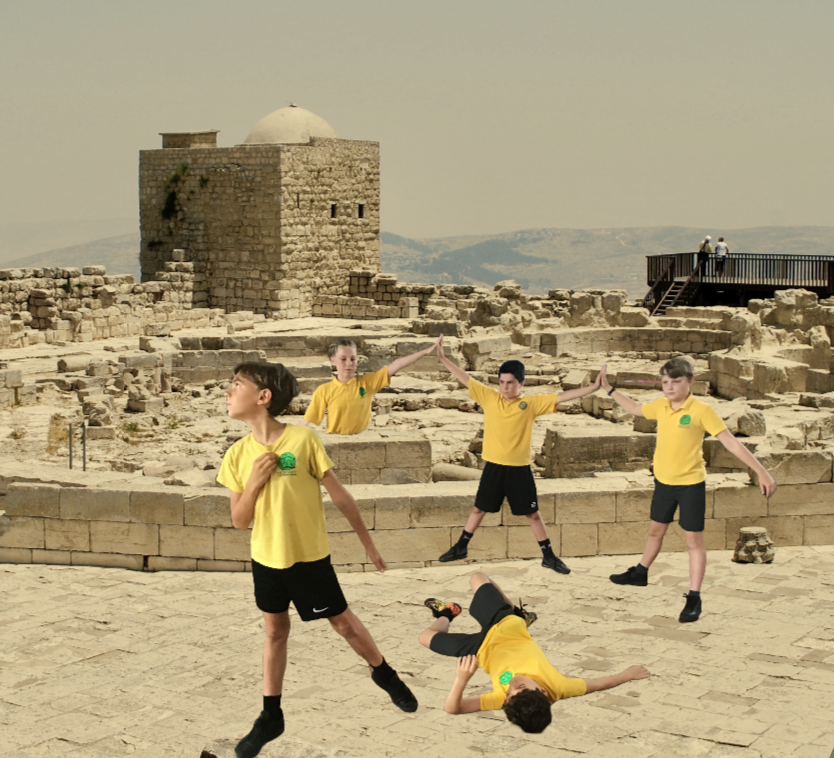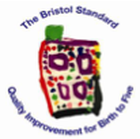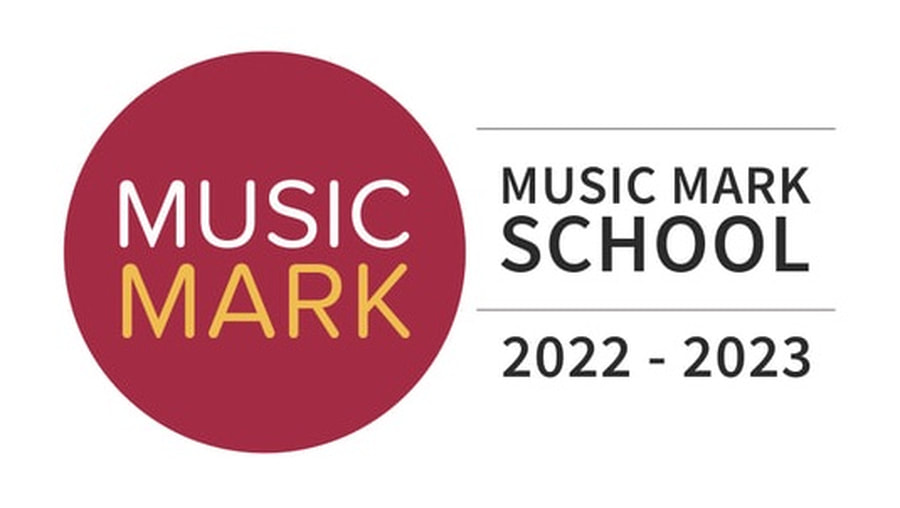Jesus said, 'Love one another as I have loved you' (John, 13)
|
Horsley Church of England Primary School has a Christian foundation which promotes the highest standards through a rich, exciting and balanced curriculum for all its pupils. Its ethos is underpinned by Christian values which, by experience and example, encourage children's spiritual and moral development.
|
This term's value: Truthfulness
Values for 2023-24 |
Values for 2024-25 |
|
Aut1: Perseverance
Aut2: Service Spr1: Forgiveness Spr2: Compassion Sum1: Trust Sum 2: Truthfulness |
Aut1: Thankfulness
Aut2: Respect Spr1: Friendship Spr2: Generosity Sum1: Justice Sum2: Courage |
Year 6 Gloucester Cathedral Leavers' Service 2024
The Passion Service
Epiphany Service - Open the Book
Epiphany 2024
Christingle Service 2023
Lighting of the Advent 2023
The Good Samaritan
Freeze Frames in Owls
September 2023
Collective Worship 2022
Our School Prayer
Dear God,
Thank you for our school.
Help us to enjoy today.
To share work, ideas and games.
Help us to love our school family and to be happy and joyful.
Amen
Thank you for our school.
Help us to enjoy today.
To share work, ideas and games.
Help us to love our school family and to be happy and joyful.
Amen
Click on the values below to work through these activities with your child to help develop their understanding of our Christian values
|
|
|
| ||||||||||||||||||||||||
|
|
|
| ||||||||||||||||||||||||||||||||||||||||||||||||||||||||||||||||||
Christian values permeate everything we do at Horsley Church of England Primary School. Following the Values for Life programme, each term the children explore a different Christian Value, both within the curriculum and through additional opportunities for learning, for example an Experience Easter day. Children who demonstrate a particular value at home can bring in a completed Value Dove for our display within school, or add a leaf to the Value Tree in the Church.
During Worship time we suggest a coloured cloth, appropriate to the season of the church year, is used to create the sacred space for worship. But which colour and when?
The church calendar is made up of seasons that follow the life of Jesus. The church year begins in late November or early December with Advent, a time of preparation for Jesus’ birth. In Christian churches one of four colours – purple, green, gold (or white) and red – referred to as ‘liturgical colours’, are used for altar linen, clergy robes and various hangings. The colour reflects the season, so that for instance in Advent purple is used, a colour of royalty because we are preparing to welcome the coming of a king. Purple is used again in Lent because it also symbolises suffering and pain.
At Christmas and Easter the colour changes to white or gold, both bright optimistic colours for festivals, times for joy and celebration. Between the festivals green cloths symbolise all living things, renewal and promise of new life. And finally, red is the colour of fire, used in churches to celebrate Pentecost and saints’ days.
During Worship time we suggest a coloured cloth, appropriate to the season of the church year, is used to create the sacred space for worship. But which colour and when?
The church calendar is made up of seasons that follow the life of Jesus. The church year begins in late November or early December with Advent, a time of preparation for Jesus’ birth. In Christian churches one of four colours – purple, green, gold (or white) and red – referred to as ‘liturgical colours’, are used for altar linen, clergy robes and various hangings. The colour reflects the season, so that for instance in Advent purple is used, a colour of royalty because we are preparing to welcome the coming of a king. Purple is used again in Lent because it also symbolises suffering and pain.
At Christmas and Easter the colour changes to white or gold, both bright optimistic colours for festivals, times for joy and celebration. Between the festivals green cloths symbolise all living things, renewal and promise of new life. And finally, red is the colour of fire, used in churches to celebrate Pentecost and saints’ days.
